Search
Search Results
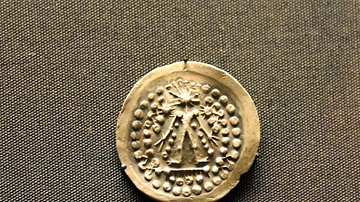
Image
Celtic Coin from Thrace Copying Greek Inscription
Early Iron Age Celtic people copied Greek coins, often faithfully reproducing their designs and inscriptions. This suggests that Thracian die-engravers were illiterate, as legible Greek letters were gradually replaced by abstract patterns...
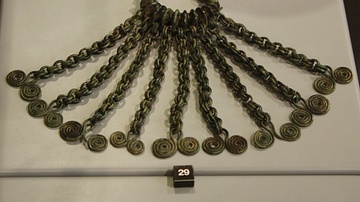
Image
Celtic Bronze Fastener
A Celtic bronze fastener, 7th century BCE. (Archaeological Museum of Como, Italy)
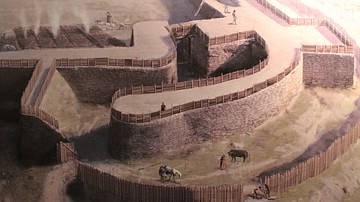
Definition
Oppidum
Celtic hilltop forts, often called oppida (sing. oppidum), after the Latin name given to larger settlements by the Romans, were built across Europe during the 2nd and 1st century BCE. Surrounded by a fortification wall and sometimes with...
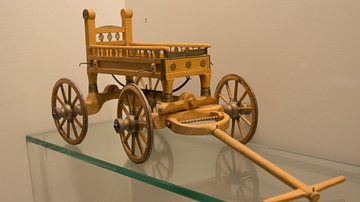
Image
Celtic Waggon Model, Vix Burial
A model of the waggon from the Celtic Vix burial, Châtillon-sur-Seine, in northeast France close to a fortified Celtic site or oppidum and in the vicinity of at least four more burials. Discovered undisturbed, the princely burial dates to...
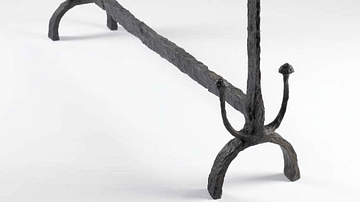
Image
Celtic Fire-Dog
A Celtic fire-dog excavated at Welwyn, Hertfordshire, England. Iron, 50-25 BCE. Height: 96.5 cm. Fire-dogs were likely used for spit-roasting meat at Celtic feasts. (British Museum, London)

Definition
Galatia
Galatia was a region in north-central Anatolia (modern-day Turkey) settled by the Celtic Gauls c. 278-277 BCE. The name comes from the Greek for "Gaul" which was repeated by Latin writers as Galli. The Celts were offered the region by the...
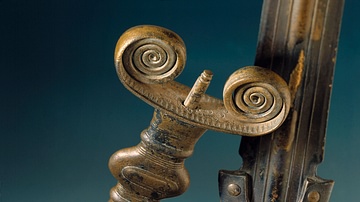
Image
Celtic Antenna Swords
A pair of "antennna swords" made c. 1050-800 BCE during the Hallstatt B Period in Late Bronze Age Europe. Bronze, Hallstatt culture. Found near Lake Neuchâtel, present day Switzerland.
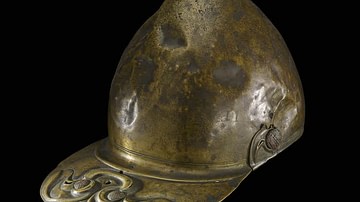
Image
Celtic Helmet, British Museum
A peaked copper-alloy helmet decorated in La Tene style. This style of helmet inspired the Roman "coolus" type helmet, which was one of the more common helmets used by Roman soldiers until its gradual replacement by the so-called "Imperial...
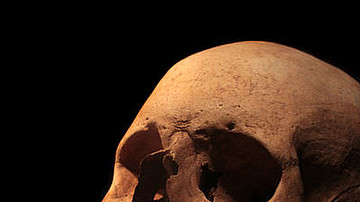
Definition
Ghosts in the Ancient World
A belief in an afterlife was central to every major civilization of the ancient world and this encouraged the recognition of the reality of ghosts as the spirits of the departed who, for one reason or another, either returned from the realm...

Definition
Roman Gaul
Roman Gaul is an umbrella term for several Roman provinces in western Europe: Cisalpine Gaul or Gallia Cisalpina, comprised a territory situated in the northernmost part of the Italian peninsula ranging from the Apennines in the west northward...